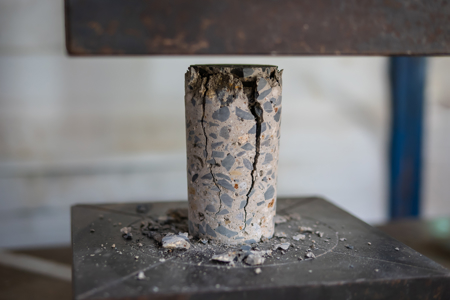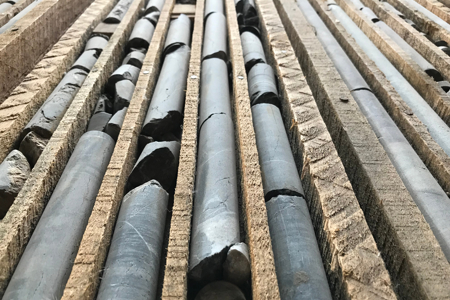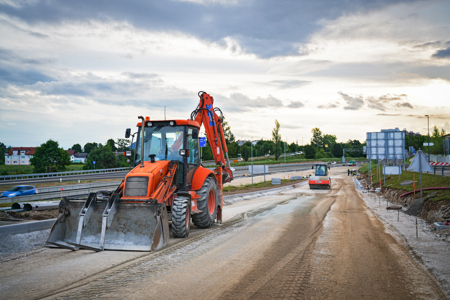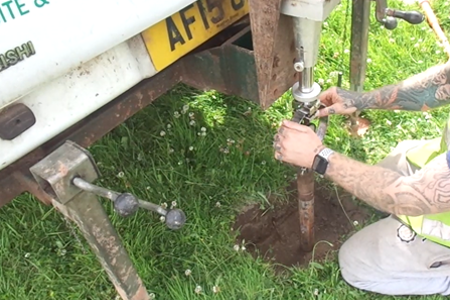Landfill Site Testing
GSTL offers rapid and reliable landfill testing for site owners and operators across the UK.
We offer a full range of in-situ tests to help you manage and monitor your site and remain in compliance with regulatory requirements
Density Testing by Sand Replacement BS 1377-9
GSTL can perform Density Testing by Sand Replacement (BS 1377-9), also known as the Sand Cone method, which is the in-situ dry density of fine and coarse-grained soils for compaction monitoring on site.
The tests are carried out using large pouring cylinders. A round hole, 200 mm in depth and diameter is excavated and all the material inside is carefully transferred to a container designed to retain all moisture. This container is then weighed and a known density of sand poured into the empty hole which has just been excavated.
Calculations are then made by our skilled site technicians who use the weight of sand needed to fill the hole to work out the hole’s volume. From this, the bulk density can then be calculated, taking into account the moisture content of the waste inside the container. This process allows us to create a report detailing the dry density and amount of air voids inside the waste.
Knowing the dry density of the waste is vital, as it is needed to estimate its:
- Bearing capacity
- Pressure exerted on underlying layers
- Waste settlement
- Stability of the waste layer

Permeability Test
We also offer Permeability Tests at our UKAS* accredited laboratory to both BS1377 PT5 and 6 and Environment Agency standards. Permeability testing is undertaken via the accelerated method, P1 398/2 for clayey soils.
Permeability is a major parameter used in the design and assessment of land fill sites and the investigation of contaminated ground because of the potentially negative impact on the soil and groundwater from the pollution originating from leachate.
Once the Permeability Test is complete, you will receive a report which will include:
- Comments on the initial specimen condition and structure which might influence permeability measurements
- Initial bulk density, dry density, moisture content, and air voids content of the specimen
- Results of the measurements from the volume-change indicators
- The coefficient of permeability k (in m/s), at 20°C, to 2 significant figures
- The volume of the specimen, the density of the specimen, and the moisture content of the specimen at regular intervals throughout the test
- Comments on the final specimen condition and structure which might influence permeability measurements
- Final bulk density, dry density, and overall moisture content of the specimen
- The results of the Saturation Check
- Any additional information or observations that our UKAS* accredited Laboratory considers relevant
All our testing services have a fast turnaround time. You can quickly access your test results online at a time and place convenient to you.
* For a full list of our UKAS-accredited activities, please visit our Schedule of Accreditation.

WAC Test
Commissioning an independent Waste Acceptance Criteria Test (WAC Test) is essential in helping you meet strict permit conditions and the rigorous standards imposed by the Landfill Directive.
The WAC Test is used to gather data on the leaching ability of contaminants in the soil. This determines if the soil will be accepted at a particular landfill. The test also provides information on how any contaminants will act once deposited in a landfill.
The WAC Test is important because it helps you:
- Save costs on removal of unaccepted waste material from site to landfill
- Determines which landfills will accept your waste
- Whether hazardous soil needs treating before disposal
- Avoid production of methane and leachate
- Avoid contamination of aquifers and hefty fines
- Meet rigorous permit conditions and stay compliant
Upon completion of the WAC test, the results can be handed over to the landfill operator for immediate approval. GSTL work with a close network of laboratories that can provide WAC testing.





